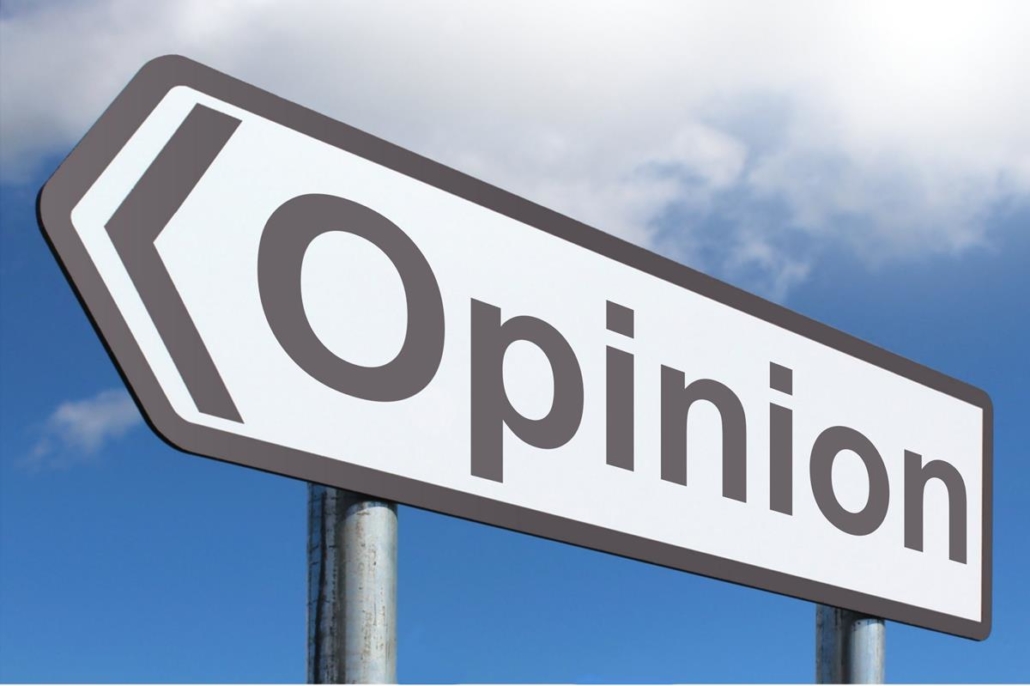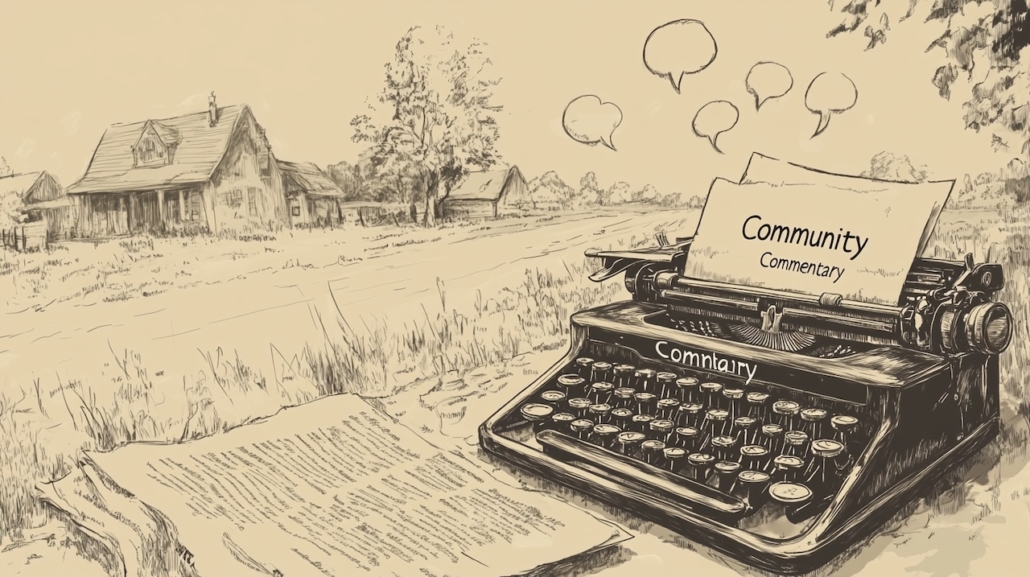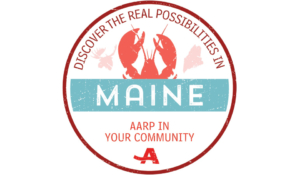OPINIONS: Thoughts about high impact transmission lines through central Maine
 COMMUNITY COMMENTARY
COMMUNITY COMMENTARY
by Thomas Bolen
Albion resident
Historically when the citizenry finds itself in a position where they perceive their elected officials have failed them in pursuit of a larger goal, citing “For the common good” common folks like me, regardless of political stripes, find themselves pushing back and asking for pause to reassess their decision. The proposed High Impact Transmission Line approved in a “bipartisan” vote by the Maine Legislature early this year is that inflection point. The T-line touted as “progress towards decarbonization” was approved by the MPUC and awarded to LS Power of New York earlier this year.
But is it progress? When I think of “Progress” relative to this issue I think of utilizing new proven and relatively mature technology that will mitigate impacts to the environment and socio-economic wellbeing of the people both directly and indirectly impacted by the line in addition to setting us up for future successes. LS Power proposed building out the High Impact Transmission lines prescribed in the PUC term sheets, at 345kv AC (alternating current) utilizing 140-foot towers. However, I may have missed it but nowhere in the statute or term sheets does it say specifically, Overhead or 345kv AC”.
It simply states in numerous places throughout the sheets and statute 345kv. With the understanding, identified in the LS Power Day Mark study on page 21, that these new lines WILL NOT CONNECT Northern Maine’s Grid administered by NMISA to the ISO NE Grid. Their energy will still come from New Brunswick for the foreseeable future.
Much of the T-line right of ways will be cut through forested lands, across organic farms and generational farms leaving Homes, Farms, Woodlots, Sugarbushes, etc… contending with an aftermath of avoidable consequences had our PUC been more mindful of total impacts and mitigation through the use of newer technologies. Consequences such as: lower real-estate values, organic farms/dairies and sugarbushes at risk of losing organic certifications, Apiary’s/pollinators (personal and commercial) being significantly impacted thereby further degrading the socio-economic infrastructure of this rural and poorer part of the state.
To be clear, I, nor the Albion, Me Transmission Line Committee which I chair, are opposed to the Aroostook Connect project. We are, however, opposed to the methodology being deployed! Buried HVDC requires approximately 5+ foot wide ROW vs. 150 feet wide for AC overhead.
Utilization of ROW’s of existing roadways in Maine is not new. Look at HP1274, LD 1786 of the 124th Maine State Legislature and you’ll find provisions for this. Why not look forward and amend this Statute to allow other road ROW’s beyond what is already outlined to better serve Maine and began to use them.
In 2022 the State of Minnesota DOT undertook a comprehensive feasibility study, entitled NextGen Highways (found here: https://nextgenhighways.org) conducted by NGI consulting of Seattle, Washington. A subset of the study findings are:
– Transmission and Fiber are being sited in the interstate and highway ROW across the United States
– Buried HVDC transmission can be compatible with interstate and highway ROW;
– Buried HVDC transmission is comparable in cost to overhead AC transmission while providing additional reliability and resilience benefits;
- Historically Utilities have discounted the use of underground transmission citing the cost of AC transmission often at 7-10 times more than overhead AC transmission lines. Many utilities, including LS Power cite those numbers without considering the technological advances HVDC cable and Converter stations over the past decade.
Notable study takeaways. - Buried HVDC transmission projects are cost competitive with traditional overhead AC transmission projects;
- Buried HVDC transmission costs have fallen over the past decade.
- Together, DOT ROW and buried HVDC transmission can deliver billions of dollars in societal benefits.
- Buried HVDC transmission supports transportation decarbonization.
As we move forward in Maine trying to meet decarbonization goals we need to be mindful of how we do it. Negatively impacting the beauty of the State and the fragile socio-economic infrastructure is not my definition of progress.
Thank you Representative Scott Cyrway and Senator David Lafountain for your ongoing support and also the many other Senators and Representatives who are listening.
Responsible journalism is hard work!
It is also expensive!
If you enjoy reading The Town Line and the good news we bring you each week, would you consider a donation to help us continue the work we’re doing?
The Town Line is a 501(c)(3) nonprofit private foundation, and all donations are tax deductible under the Internal Revenue Service code.
To help, please visit our online donation page or mail a check payable to The Town Line, PO Box 89, South China, ME 04358. Your contribution is appreciated!




Leave a Reply
Want to join the discussion?Feel free to contribute!